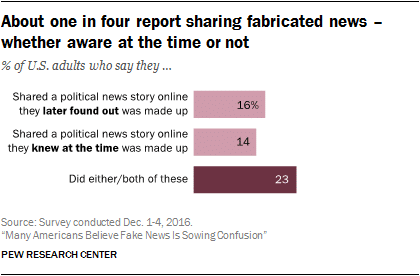What is native advertising, and why is it controversial? Native ads are ads that fit seamlessly into the platform they’re on, so they look like they belong there. Native advertising is almost everywhere these days. There are native ads in your search results, in your social media feeds, in mobile apps, and more.
There’s a lot of controversy over whether native advertising is good, often triggered by those who have seen native advertising examples that are annoying, low-quality, or downright offensive. But there are thousands of advertisers and marketers who choose native ads as their main promotional strategy.
To help you find a solution to this native advertising quandary, we look at the pros and cons of native advertising and help you to answer two key questions:
- Why do advertisers continue to invest in native ads?
- Why do the world’s top publishers keep displaying native ads on their websites?
You’ll also learn how to make native advertising work for you.
Why Native Advertising Can be Bad
We start our exploration of the native advertising controversy by looking at some of the disadvantages of native advertising.
Badly crafted campaigns create a poor user experience
Sometimes native advertising campaigns are badly done. They take consumers to poor quality sites or target the wrong audience, leading to frustration when people click.
Plus, some sponsored content isn’t clearly identified.
Consumers who suddenly discover that a piece of content is sponsored feel that they’re being lied to, and may feel cheated when content is promotional. That leads to a poor user experience. Research shows that while people will happily read promotional content if they KNOW it’s promotional, they react negatively if that’s hidden from them.
Native ads are sometimes unclear
Is native advertising ethical? One of the reasons people ask this is because it can be hard to figure out what’s an ad, and what’s not. A Marketing Land survey shows that only 20% of people can differentiate between a native ad and editorial content. Pew Internet reveals that 23% of people have unknowingly shared made-up news stories (some of which appear as native ads).
This raises ethical concerns because just as we distinguish between opinion and reporting in the press, it’s important for people to know the difference between promotional content and informational content online.
Why Native Advertising is Good
Now that we’ve seen some of the concerns people have about native advertising, it’s time to examine some of the reasons why native advertising is good.
Native ad platforms review content
Most native advertising platforms review content before it goes live and have strict policies to prevent spreading misinformation. At the start of the COVID-19 pandemic, Taboola updated its policies and took extra care to review content to avoid publishing anything misleading or panic-inducing.
People like GOOD native ads
People don’t hate advertising; they hate irrelevant advertising. Good native advertising is enjoyed. Research from Semify shows that 45.4% of consumers say that sponsored content is more relevant to them, and 67.2% of consumers are more likely to click on sponsored content than banner ads.
Ads that are relevant, targeted, and don’t make people feel like they’re being sold to, can provide a good user experience and be very effective.
Good native advertising is something that many people respond well to.
Native ads support good content
The people who publish news and other content need to make money to keep doing it. Native ads, delivered through a content-discovery network, such as Taboola, help publishers make money by getting more eyes on their content. Bombfell, for example, saw a 960% increase in mobile conversions with native ad campaigns run Taboola’s premium publishers.
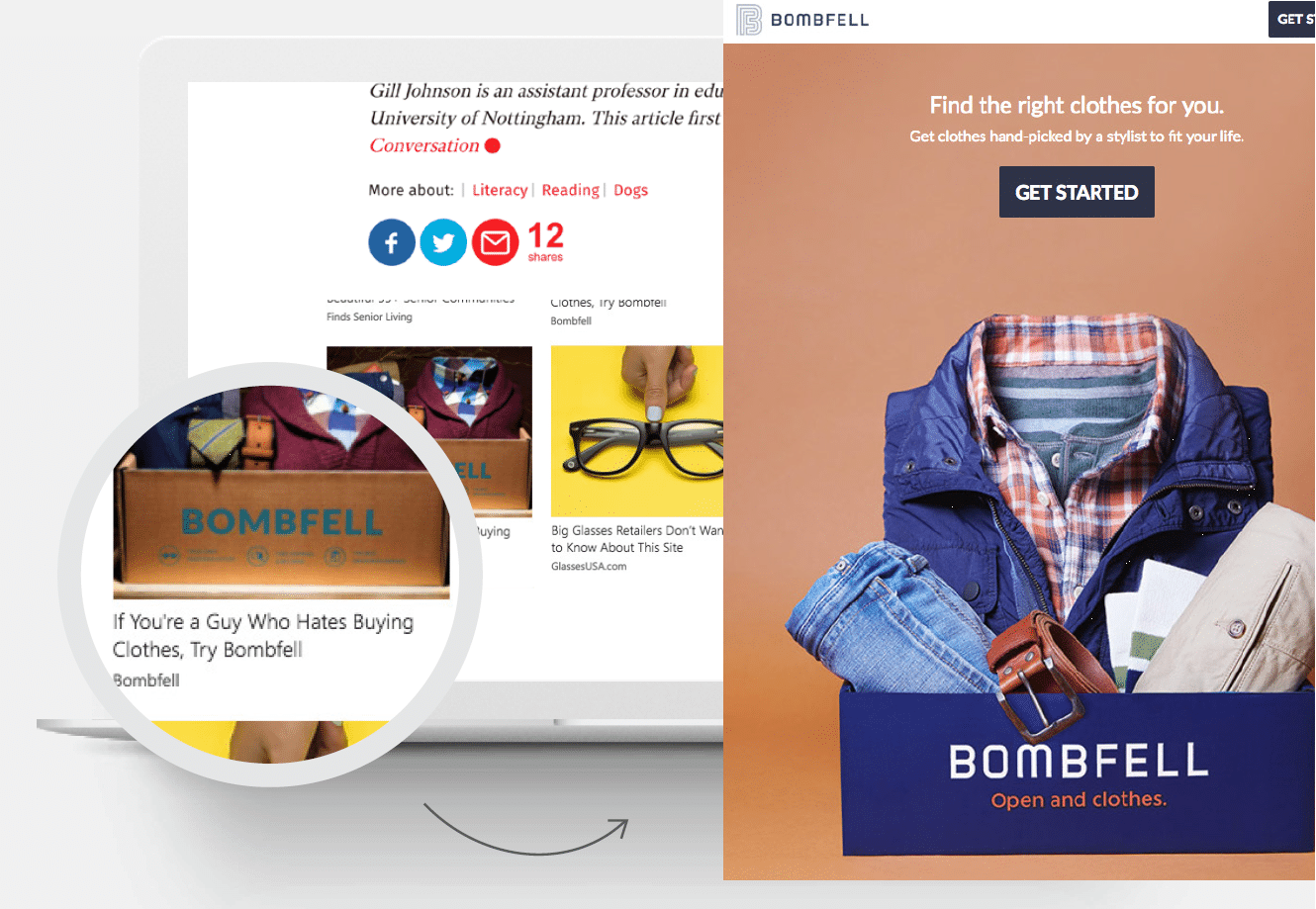
Native advertising works
One of the big reasons why native advertising is good is that native ads work. The statistics on native advertising effectiveness show that 53% of web users prefer native ads over banner ads and these ads are 18% more likely to lead to purchase intent. Other native ad statistics show that the click-through rate on native ads is 8.8 times that for display ads and that two-thirds of Gen X consumers trust branded content more than traditional advertising.
The ROI is great, too. Vodafone Turkey engineered a 42% reduction in cost-per-sale with a native-ad campaign.
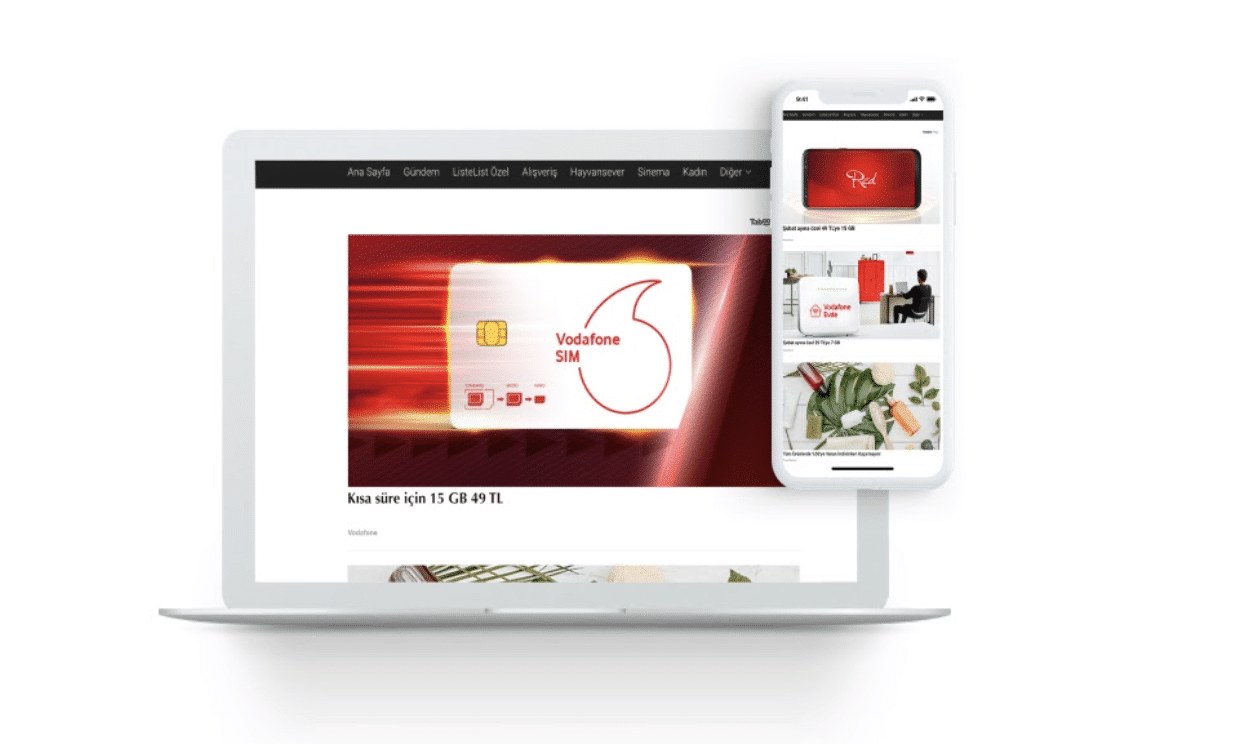
How To Make Native Advertising Work for You
Done right, native advertising offers several benefits to advertisers. With more than 80% of web users using ad-blocking methods and display ads getting less and less attention, native advertising is one of the best ways to reach your target audience. Consumers also view native ads as more engaging and more trustworthy and so they’re more likely to pay attention, giving advertisers more clicks and sales.
To get started with your native advertising strategy, think about who your audience is. To target your ads effectively, you’ll want to know as much as you can about audience demographics and interests. You can do this in Taboola Marketplace and can even fine-tune by device usage and buyer intent.

It’s also essential to set out your goals. You might, for example, want to generate leads, drive sales, increase website traffic, improve brand awareness, or get more subscribers or members for your offering. Within that, you might have goals that track content views, time on your site, and conversions.
360 Realtors was able to get a 48% increase in leads generated with a native-content campaign.
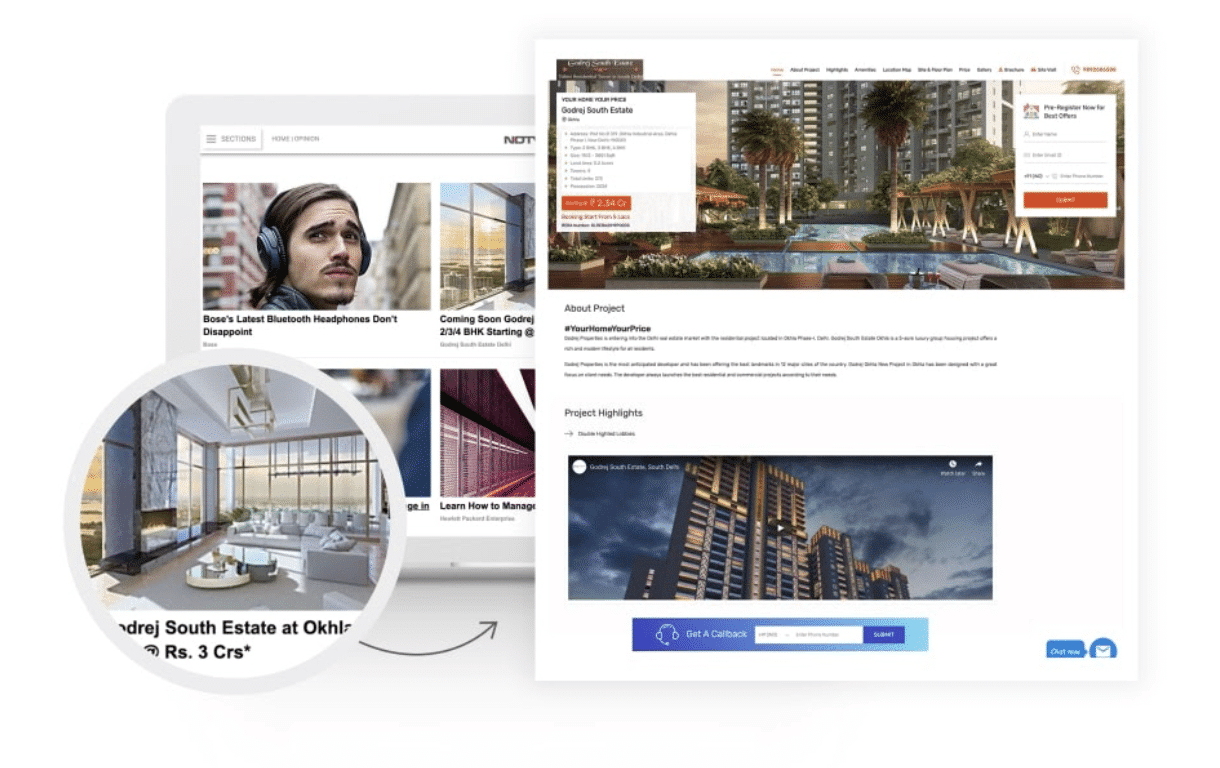
Content choice is very important. Don’t just go for the hard sell. Put yourself in your customers’ shoes. Figure out what they find relevant, valuable, and interesting. To help, use Taboola’s Trends tool to identify what’s winning the clicks in terms of titles, images, keywords, and videos.
The image trends screenshot below, for example, shows that the CTR on photographs is 58% higher than for illustrations, while images without text get a 48% higher CTR than those with text. This kind of data helps you design the best creatives to reach your audience.
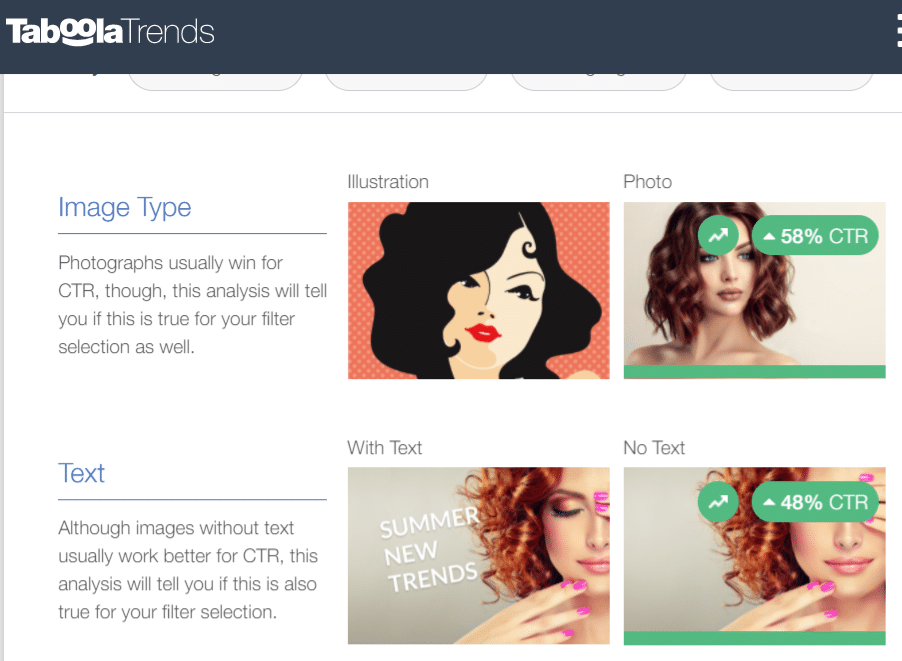
Choosing the best native advertising platforms is another consideration. You can run ads on the Facebook and Google networks, but you can also use Taboola. As one of the world’s largest content-discovery platforms, with ads reaching more than a billion unique users a month, Taboola has the experience and data to help you develop and use native ads that will get the attention you want. You can also use fine-grained targeting to make your ads even more effective.
Finally, it’s essential to follow native advertising best practices to get the most from your native-ad strategy. That means:
- planning and budgeting upfront and setting achievable goals.
- creating or selecting the right high-quality content to promote.
- using the right targeting, so you’re always optimizing your reach and impact.
- testing and optimizing, so that you’re always showing the best creatives.
- using trends data to see what works best for which format and audience in which area or location.
In this guide, you’ve learned what native advertising is and why it is controversial. We looked at the disadvantages of native advertising, and why native advertising is good. Now, you’re all set to launch your first native advertising campaign.
Learn more about native advertising in the following articles:
